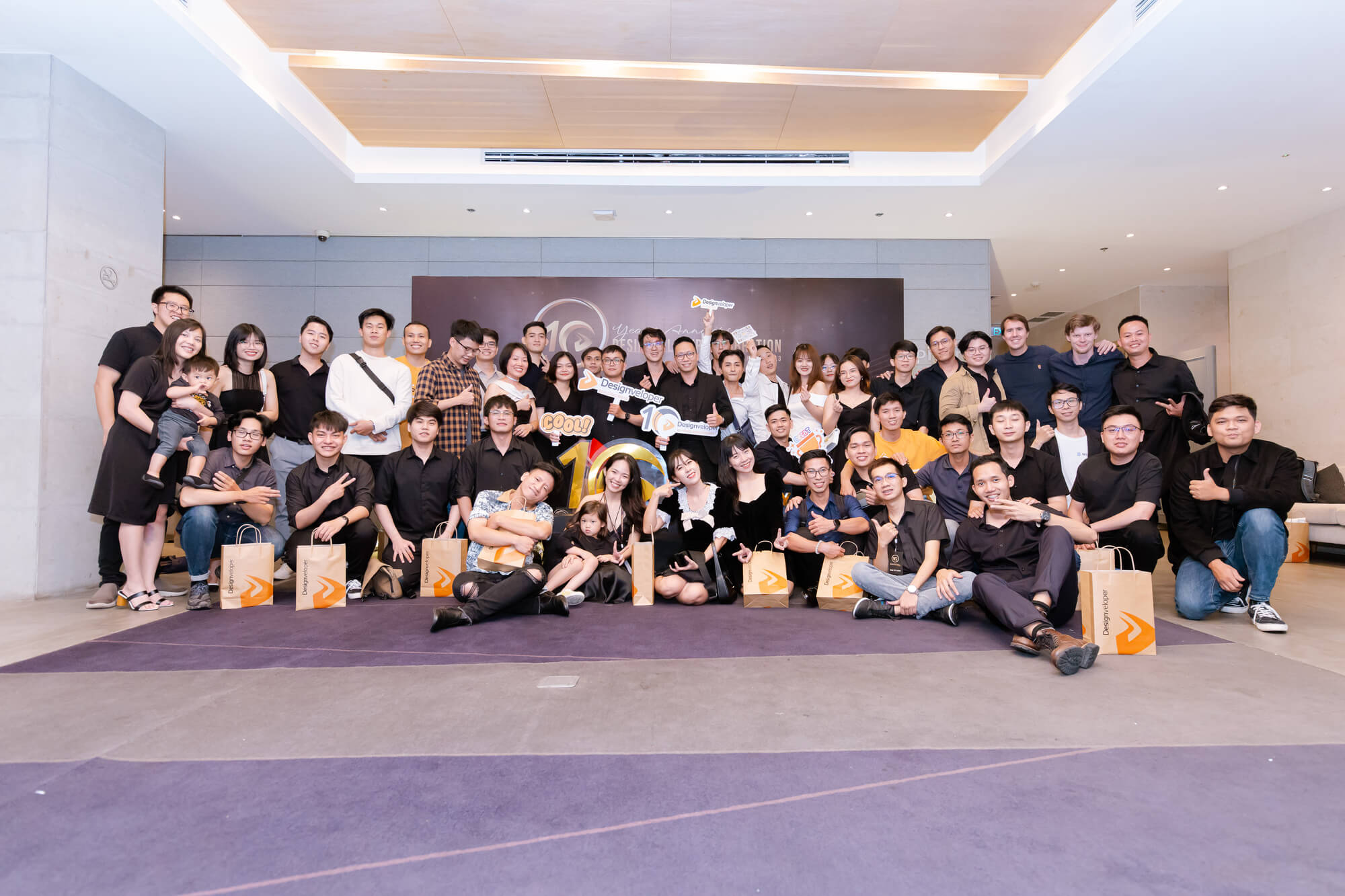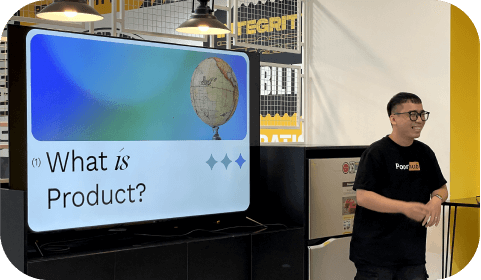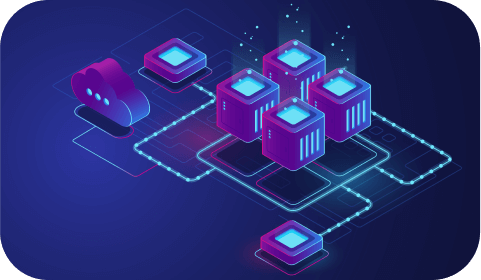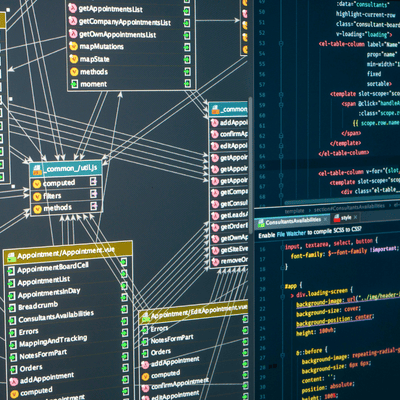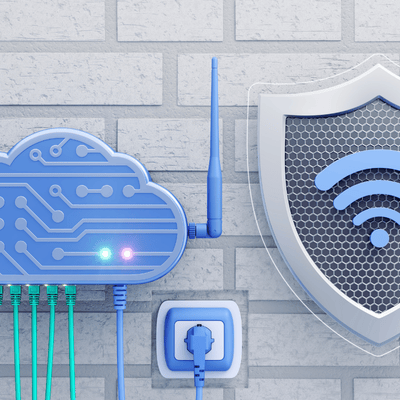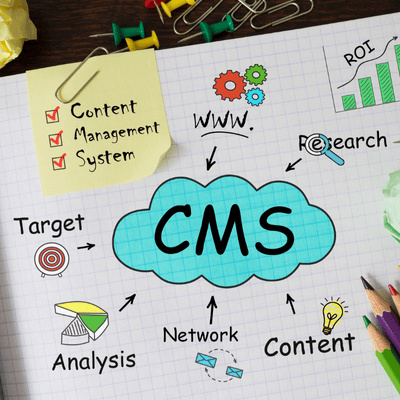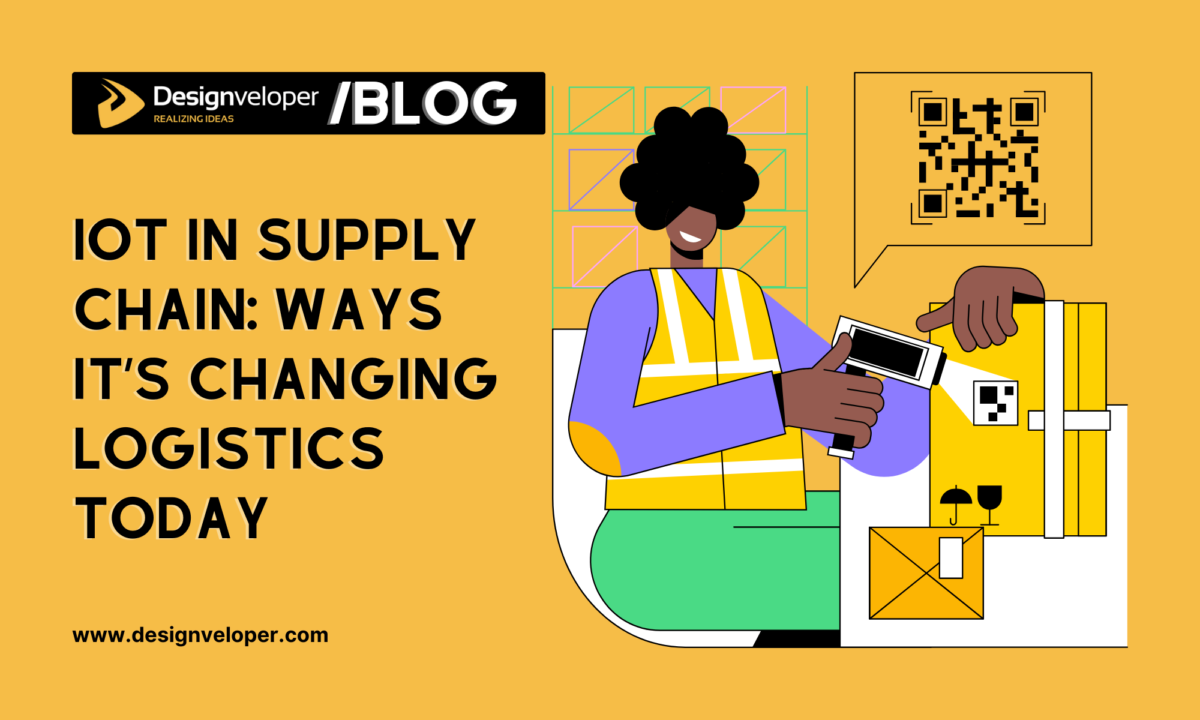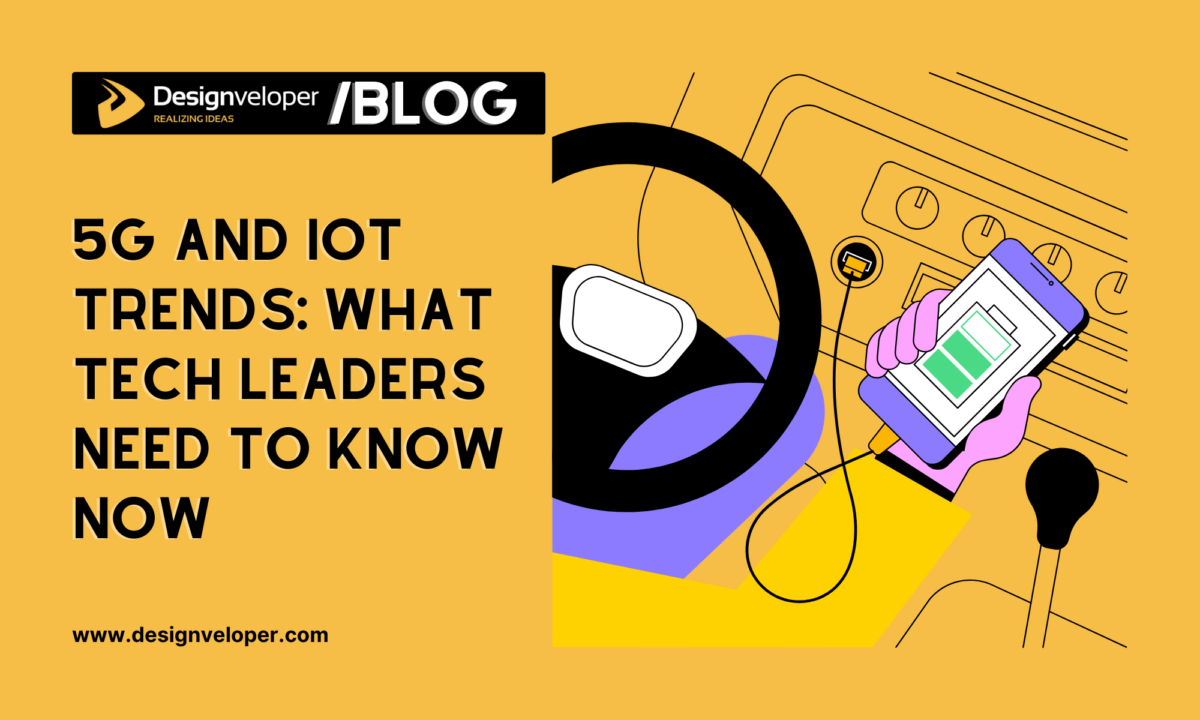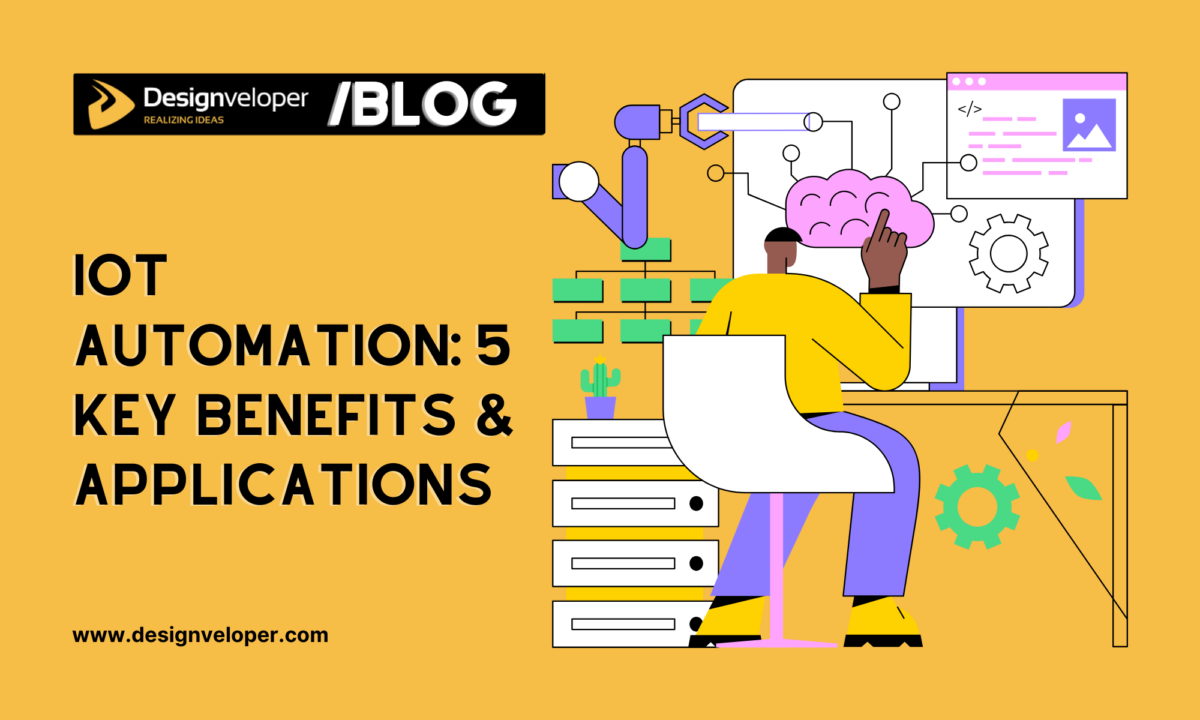5G and IoT Trends 2025: What Tech Leaders Need to Know Now
April 18, 2025
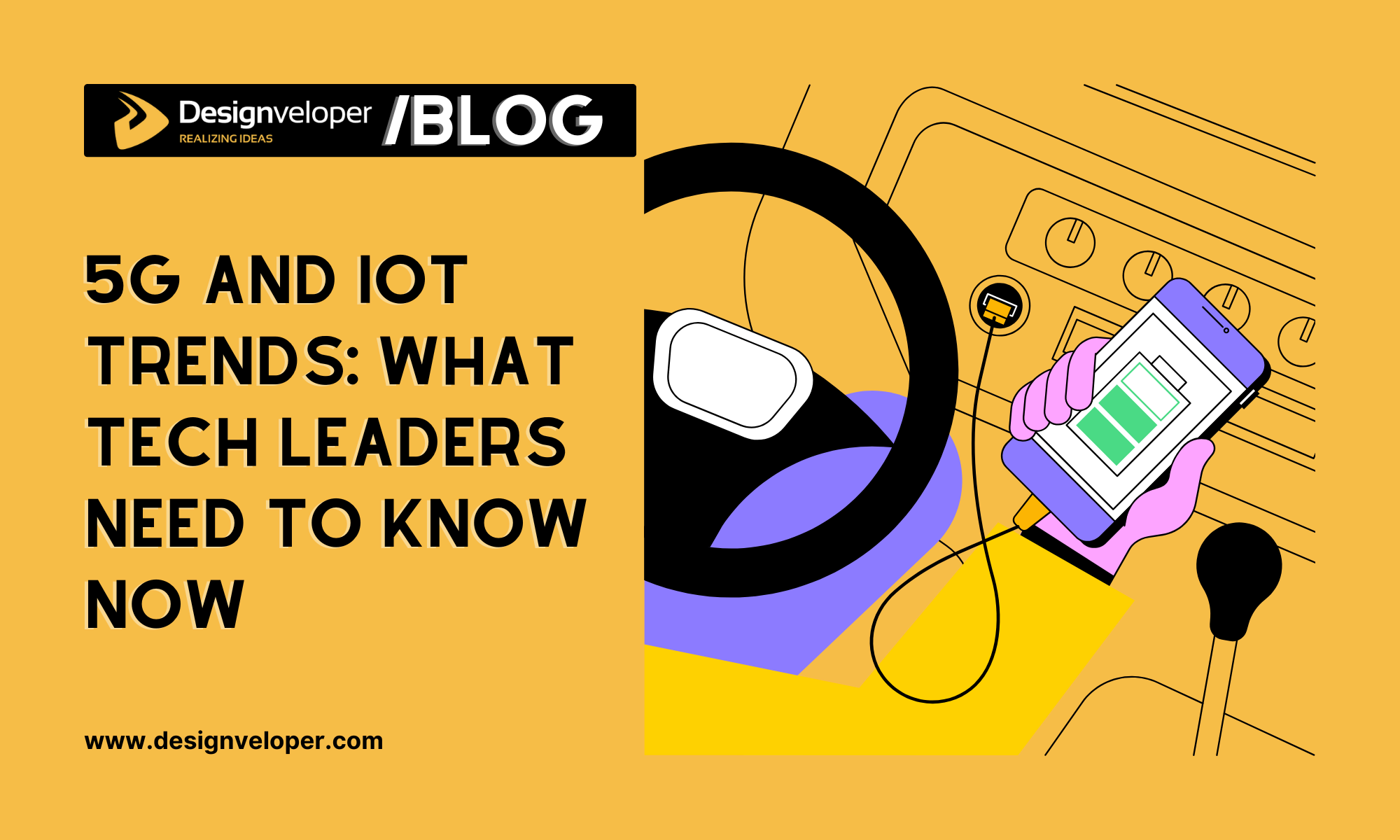

5G and IoT are reshaping industries in 2025. The Global 5G IoT Market is to grow from $20.03 billion in 2025 to $161.75 billion by 2029 with a CAGR of 68.6% . The reason for this surge is the growing network of IoT devices being able to offer faster, more reliable, low latency connections.
By the end of 2024, the number of connected IoT is forecasted to increase by 13% from 16.6 billion in 2018 to 18.8 billion. This is indicative of the growing demand for robust 5G networks.
Industries are rapidly adopting 5G and IoT technologies. For instance, Vodafone and Ford are applying 5G to connect cars, as well as the vehicles connected to 5G systems within their automotive industry. Additionally, at the manufacturing front, 5G IoT’s ability to improve real time communication and data sharing results in increased automation and efficiency .
As 5G and IoT continue to evolve, tech leaders must stay informed about these trends to leverage new opportunities and drive innovation in their respective fields.
Trend #1: Private & Hybrid 5G Networks Become the IoT Backbone
In 2025, private and hybrid 5G networks will become a must for IoT infrastructures. In manufacturing, logistics and smart agriculture, these networks are capable, secure, low and with low latency connections. The global private 5G network market is to grow from USD 2.6 Bn in 2024 to USD 311.35 Bn in 2037 with a CAGR of approximately 44.5 percent.
Manufacturing, Logistics, and Smart‑city Pilots Scaling to Production
In the manufacturing, logistics and smart city sector, private and hybrid 5G networks are moving from pilot projects to large scale deployment. As an on demand economy comes into effect, the requirement for enhanced automation, real time data processing and better operation efficiency are behind this shift. The integration of 5G and IoT technologies is central to this transformation.
Private 5G networks are a favorite of industries today, allowing manufacturing to improve the production process. More specifically, Cummins’ Jamestown Engine Plant in New York has deployed a private 5G network that spans 2 million square feet in order to boost connectivity to its operations . Airbus also deploys private 5G at its manufacturing facilities around the globe, they improve aircraft production .
5G has a low latency and a high bandwidth, and it will be beneficial to the logistics sector. Companies use private 5G networks to not just track assets in real-time and use autonomous drones for surveillance, but also to improve on the supply chain efficiency.

Meanwhile, urban areas are also integrating 5G and IoT to enhance public services. Now, more than 70% of smart city initiatives rely on IoT-enabled infrastructure like smart adaptive traffic lights or connected public safety systems and 5G networks can support upto 1 million IoT devices per square kilometer enabling deployment of dense sensor networks to collect and analyze real time data.
These developments underscore the pivotal role of 5G and IoT in advancing industrial and urban innovations. As these technologies develop further on, they will become increasingly integrated in such a way that will be beneficial for organizations to improve efficiency and competitiveness.
3GPP Release 18 Features (RedCap, URLLC enhancements) Driving Adoption
3GPP Release 18 introduces key features that accelerate the adoption of 5G and IoT technologies. The two notable performance improvements are RedCap (Reduced Capability) and URLLC (Ultra-Reliable Low Latency Communication).
RedCap and eRedCap: Simplifying IoT Connectivity
Release 17 introduced RedCap to target mid-tier IoT devices with moderate data rates and lower complexity. eRedCap further refines this in Release 18 and adds reduced capabilities and lower cost which could be used in industrial sensors and wearables .
URLLC Enhancements: Boosting Reliability
Also, Release 18 focuses on further improving features related to URLLC, required for the applications with the high reliability and low latency requirement. The extensions of these improvements to support critical use cases in manufacturing and healthcare sectors require real time data transmission.
These advancements in 3GPP Release 18 play a significant role in expanding the capabilities of 5G and IoT, enabling more efficient and reliable connectivity across various industries.
Trend #2: Edge AI + Network Slicing Unlock Real‑Time Analytics
Edge AI and network slicing are transforming how organizations handle real-time data in 2025. Together, they enhance the capabilities of 5G and IoT systems.
Predictive Maintenance <5 ms Latency
In 2025, predictive maintenance is changing the way industrial operations function. By integrating edge AI with 5G and IoT, organizations achieve sub-5 millisecond latency, enabling real-time equipment monitoring and swift decision-making.
Edge AI uses by processing of data on sight, thus drops involving cloud computing. The local processing guarantees immediate anomaly detection in vibrations and spikes of temperature around machines. As a result, maintenance teams can address issues prior to anything major, minimizing downtime.

Network slicing can improve the setup above, which allocates virtual networks for certain tasks. Consider a manufacturing plant; it can have its slice dedicated to predictive maintenance to run without interference from other network activities.
Predictive maintenance is to be worth more than $49.34 billion in 2032 , with a CAGR of 27.1% from 2023 to 2032 . This growth underscores the increasing adoption of 5G and IoT technologies in maintenance strategies.
These include manufacturing, automotive and energy industries. By leveraging 5G and IoT, they not only enhance equipment reliability but also optimize operational efficiency.
Telcos Offering “Slice‑as‑a‑service” Bundles for OT Teams
To meet the unique needs of OT teams, telecom operators are beginning to offer ‘slice as a service.’ These services provide dedicated 5G network slices tailored for industrial applications, enhancing the integration of 5G and IoT technologies.
For example, Telstra and Ericsson have developed automated network slicing orchestration capability. This system enables enterprises ’ activation of 5G slices on demand and supports critical operations during peak periods with consistent performance .
Similarly, Chunghwa Telecom and Ericsson have made 5G slicing automation with businesses for scheduling with network slices. With better performance, slices can activate and customize and offer seamless operation during high demand times e.g. live events.
Essentially speaking, by leveraging 5G and IoT, industries can enhance real-time analytics, improve operational efficiency, and support mission-critical applications.
Trend #3: Zero‑Trust & Post‑Quantum Security Frameworks Mature
Zero-trust and post-quantum security frameworks are becoming essential for safeguarding 5G and IoT infrastructures in 2025. Because the number of connected IoT devices is to amount to over 27 billion by 2025, the potential attack surface widens considerably . To adequately protect sensitive data and critical systems in which this growth occurs, robust, prevailing security measures are necessary.
NIST PQC Algorithms in Pilot SIMs
Telecom providers are now piloting Subscriber Identity Modules (SIMs) that incorporate National Institute of Standards and Technology (NIST) post-quantum cryptography (PQC) algorithms to enhance the security of 5G and IoT devices. Such advances seek to defend us from quantum computing’s possible threat.
5G SIM Cards have already integrated the CRYSTALSKyber algorithm, one of the PQC selected algorithms by NIST, to the link encryption software, successfully implemented by Thales. This delivery will then integrate quantum resistant encryption for mobile communications, ensuring quantum cryptography will defend data even through future quantum computing capabilities.
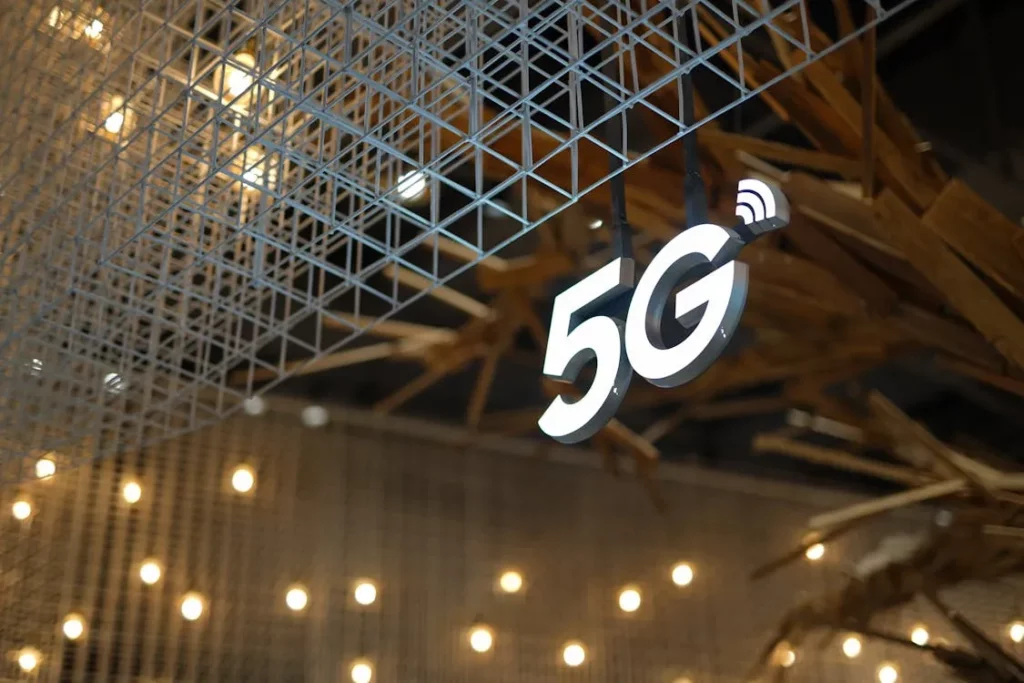
IDEMIA has also invented a 5G quantum safe SIM card that relies on a NIST shortlisted quantum resistant public key cryptographic algorithm. In this innovation, we wish to protect the data and subscriber privacy from future threats posed by quantum computers.
These pilot implementations mark significant steps toward securing 5G and IoT infrastructures against emerging cyber threats. With the advancement of the industry, NIST approved PQC algorithms will need integratuons with SIM technology in order to continue having robust security in the quantum era.
Device‑to‑cloud Attestation and SBOM Mandates
Device-to-cloud attestation and Software Bill of Materials (SBOM) mandates are becoming essential components in securing 5G and IoT ecosystems. These steps help protect from counterfeit and vulnerable devices, as well as software components, in order to secure the entire network.
Device attestation verifies that the device has no alterations before it can connect to a network. It does so by checking the device’s hardware and software configurations to assure that there is no tampering. Essentially, device attestation is a practice to stop access with no permits and guarantee data networks are only available for certain devices with approval. Additionally, with the incredibly high number of IoT devices — which is to reach 18.8 billion by the end of 2024 — this is particularly critical .
SBOMs offer a comprehensive list of every piece of software included in a device or application. This creates transparency that lets organizations visualize and solve potential vulnerabilities in their software supply chains. Gartner projects that by 2025, 60% of organizations participating in critical infrastructure will require and adopt SBOMs as part of software engineering practice, compared with less than 20% today .
Emerging regulations also support the integration of device attestation and SBOMs. For example, most new software contracts with the U.S. Army have had SBOM mandatory , including requirements to come into effect in February 2025 . Equally, the EU’s Cyber Resilience Act makes it clear that secure by default configs should have up to date SBOMs backups.
In summary, as 5G and IoT technologies continue to evolve, implementing device-to-cloud attestation and adhering to SBOM mandates will be critical for organizations aiming to enhance their cybersecurity posture and comply with regulatory standards.
Trend #4: Energy‑Efficient IoT Devices & Green 5G Build‑Outs
Energy efficiency is becoming a top priority in the expansion of 5G and IoT networks. As the number of connected devices rises, so does the demand for sustainable solutions.
RedCap IoT Chipsets Lowering Power by 60%
RedCap (Reduced Capability) chipsets are transforming the energy efficiency landscape for 5G and IoT devices in 2025. Featuring tremendous amounts of power savings, these chipsets are for use on wearables, industrial sensors, and smart meters.
With UltraSave 4.0 technology, MediaTek T300 series reaches up to 70% in power reduction compared to typical 5G eMBB solutions and as much as 75% when compared to 4G LTE devices . This reduction of energy consumption is very relevant for devices that operate in remote or otherwise inaccessible locations, providing significant improvements in battery life which, consequently decrease the need for recharging.
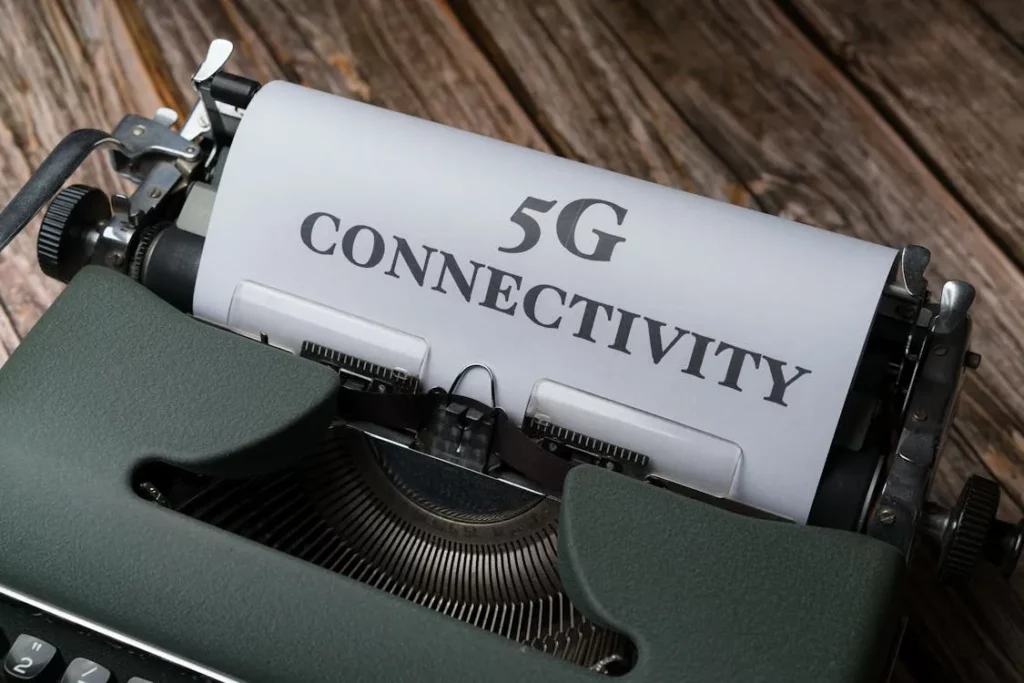
RedCap chipsets are energy efficient due to their design. These chipsets reduce power requirements, extending device longevity by simplifying device architecture (eg, by reducing the number of antennas and eliminating support for carrier aggregation).
This advancement in 5G and IoT technology enables more sustainable and cost-effective solutions across various industries. For this reason, organizations can deploy a more extensive selection of connected devices without having to sacrifice on power effectiveness or results.
Operators Aiming for Net‑zero RAN Footprints
There is a wide array of telecom operators who are now net zero focused on Radio Access Network (RAN) infrastructures. For example, Orange France has teamed up with Ericsson to modernise 60% of its 5G network and cut site energy use by 30% and embodied carbon emissions by more than 20%.
In the Middle East, e& has launched the first net-zero 5G Massive MIMO site powered entirely by renewable energy. As part of the UAE’s Net Zero by 2050 strategic plan, this initiative is the first step towards integrating sustainable practices in performing network operations.
These efforts highlight the industry’s commitment to reducing the environmental impact of 5G and IoT technologies. The adoption of energy efficient solutions and use of renewable sources of energy sets a precedent for sustainable evolution of the network.
Trend #5: ROI Snapshot: New Revenue Models & KPIs Tech Leaders Should Track
Tech leaders are redefining success metrics as 5G and IoT reshape business models in 2025. The global 5G IoT market is to grow from $12.13 billion in 2024 to $20.03 billion in 2025, reflecting a compound annual growth rate (CAGR) of 65.2% .
Data‑as‑a‑Service, Outcome‑based SLAs
Data-as-a-Service (DaaS) and outcome-based Service Level Agreements (SLAs) are emerging as pivotal revenue models in the 5G and IoT landscape. These models allow the organizations to monetize data streams and guarantee service quality in accordance with the emerging requirements of the digital economy.

Regarding growth, the global 5G IoT market is to boost from $12.13 billion in 2024 to $20.03 billion in 2025 at a compound annual growth rate (CAGR) of 65.2%. In addition, this rapid expansion highlights the growing dependence on data driven services and the necessity of a robust set of SLAs to assure performance.
In the automotive world, for example, Vodafone and Ford are using 5G to improve vehicle connectivity, as well as manufacturing processes . This enables real time data analytics and predictive maintenance, which are practical in DaaS and outcome based SLA.
As 5G and IoT technologies continue to evolve, adopting innovative revenue models like DaaS and outcome-based SLAs will be crucial for organizations aiming to stay competitive and meet the dynamic needs of their customers.
KPI Checklist: Latency, Jitter, Energy Cost per Bit, MTTR
As 5G and IoT networks expand, monitoring key performance indicators (KPIs) becomes essential. This is one of those metrics that will help ensure that you’re performing and reliable at optimally.
Latency measures how long data took to reach from source to destination. For such critical applications, latency below 1 millisecond is extremely important. Supports real time decision making and enhanced safety with the low latency.
Jitter refers to the variation in packet arrival times. A high jitter can ruin things like online gaming and video conferencing. Thus, we have a smooth and consistent data transmission as we keep jitter under 30 microseconds.
Energy Cost per Bit is an energy efficiency in data transmission. The cost of this one is a big issue to be reduced for battery powered IoT devices. Current 5G technology is aimed at using lesser amount of energy and devices in a sustainable and cost effective manner.
Network problems are tracked with the average time to fix, Mean Time to Repair (MTTR). Quick recovery from outages, in turn, means less downtime because of a lower MTTR. Reducing MTTR is done through the efficient maintenance protocols and predictive analytics.
By focusing on these KPIs, organizations can optimize their 5G and IoT deployments. Through continuous monitoring and improvement of the metrics described above, the user experiences and operational efficiency are enhanced.
Conclusion
The convergence of 5G and IoT is reshaping the technological landscape in 2025. At the end of the year we’ll have over 18.8 billion connected IoT devices and the synergy between these technologies is unleashing unprecedented new opportunities in almost all industry sectors.
In conclusion, the fusion of 5G and IoT in 2025 is not just a technological advancement but a catalyst for innovation, efficiency, and new business paradigms. It will become important for the organization to embrace this convergence in order to thrive in the rapidly evolving digital ecosystem.






Read more topics



















